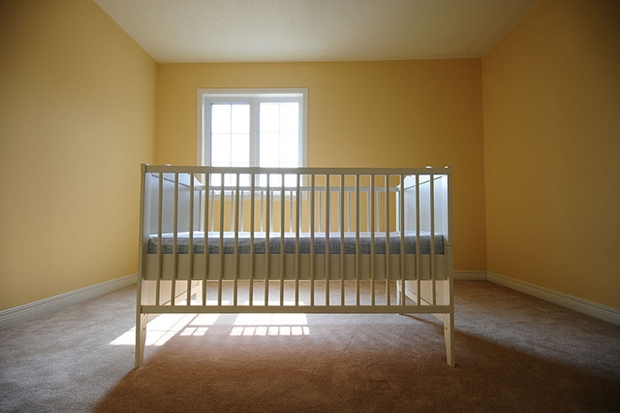 Sang paints the wall of his baby’s room in a nice, soft color shade. Photo Courtesy: Sang Trinh
Sang paints the wall of his baby’s room in a nice, soft color shade. Photo Courtesy: Sang Trinh
When you completely redecorate any room, you will usually start off by repainting the walls – or at least you should. When decorating, the first step is normally to remove all your furniture from the space so that you can start from scratch. That presents a rare opportunity to repaint the walls to make them look much brighter while at the same time transforming the look of the whole room. Thereafter, you have a new foundation to build on with your décor.
But the big decision is – what color do you go with? This is the most fundamental aspect that will impact on every subsequent choice, like for furnishings, that you make in the room, so you need to get it right. Here we will look at some factors to consider when making that call.
Light and Size
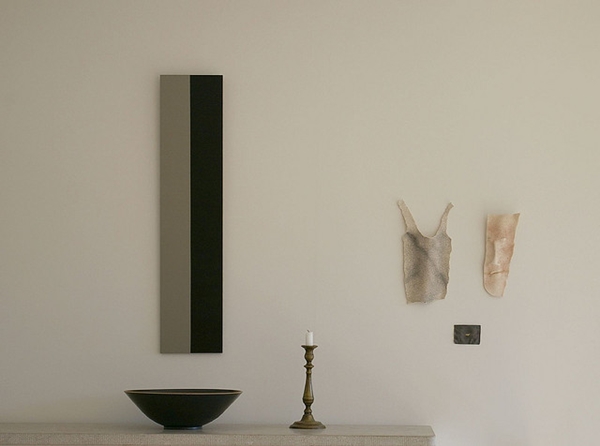
When you use light colored paint, it has the effect of making your rooms look cleaner and more spacious. The reason for this is that light colors, of course, reflect more light back at us (we see a greater amount of the spectrum). More light creates the impression of a room being cleaner as well as larger which is why many people opt for white or beige colors for their walls. However, it’s worth considering that some people will purposefully choose darker colors in order to make their rooms feel smaller and thus ‘more cozy’ – but the latter would only be the right choice if your room is already very spacious.
Psychological Impact of Wall Colors
You might not be aware of it but different colors have different effects on our psychology on an unconscious level. The color red, for instance, tends to work us up and increase our heart rate which makes it difficult to spend too much time in a room that’s painted that way (allegedly this is the reason that fast food chains use the color red a lot in their decorating – to increase turnover).
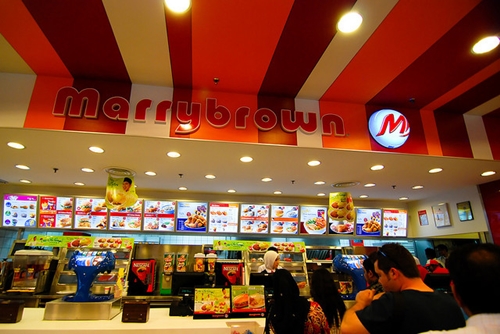
At the same time, a color like orange is said to increase our aggression (not great if you have young kids), while conversely the color blue is supposed to be a relaxing and restful color that makes us want to spend more time in a space. Blue is thus a very popular color choice for living rooms and other relaxing spaces.
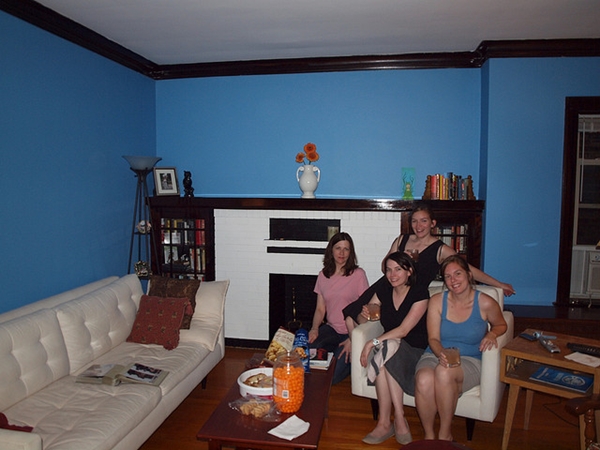 Friends relaxing surrounded by blue walls – Photo Courtesy: TheeErin
Friends relaxing surrounded by blue walls – Photo Courtesy: TheeErin
Another psychological impact your walls can have, meanwhile, is to make your room feel warmer or cooler. The downside of lighter colors is that they are cooler and so once again, to create a more cozy feeling, you might instead opt for deeper hues. Discuss with your painter what the most common colors are, how they alter the feel of the rooms and which ones they recommend for your home.
Matching
Of course you can’t just think about the colors of your walls in isolation – you need to think about the colors you want for the furniture and other items in there, and then you should consider how this will match.
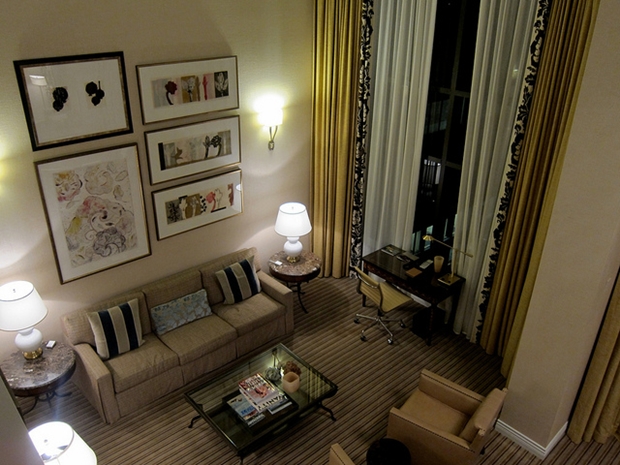 Elegantly done Beige colored walls of Prime Minister of Canada’s Suite at Four Seasons Hotel, Vancouver. Photo Courtesy: Andrew Hyde
Elegantly done Beige colored walls of Prime Minister of Canada’s Suite at Four Seasons Hotel, Vancouver. Photo Courtesy: Andrew Hyde
For instance, the color black has a tendency to create a feeling of professionalism and luxury and is often used in executive offices. As such you may well want to use black furniture for your office, but in doing so you then need to decorate your room to match that black. You can’t paint the walls black because this would absorb all the light and make the room feel very small. However, you can choose colors for the walls that would work well with black such as beige or even a light grey. This is another reason that whites and beige shades are so common – they are neutral enough to work with most furniture and decorations.
Robbie Williams owns a home improvement blog and is known for his home improvement tips. Refer the following website to know more about bathroom remodelling in Nashville.
Leave a Reply